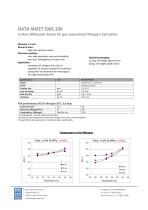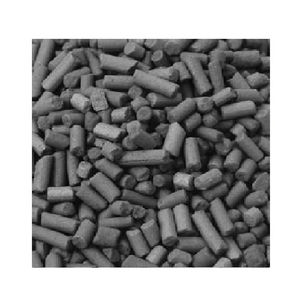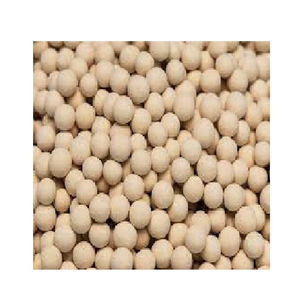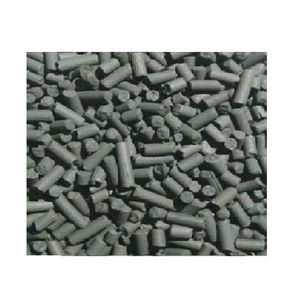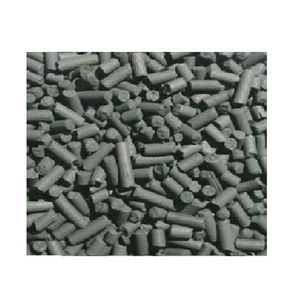
- Hydraulics - Pneumatics
- Filter and Separator
- Activated carbon adsorber
- BERG Kompressoren GmbH
- Company
- Products
- Catalogs
- News & Trends
- Exhibitions
Activated carbon adsorber CMS 330for compressed air
Add to favorites
Compare this product
Characteristics
- Options
- activated carbon, for compressed air
Description
CMS 330
Diameter 1.0 mm
Resource base:
high microporous carbon
Particular qualities:
very high separation rates and reliability
low dust, homogeneous in grain size
Application:
extraction of nitrogen from the air
depletion of carbon dioxide from methane
production of ethylene from mixed gases
for high productivity Nitrogen PSA
What is the difference between Carbon Molecular Sieves CMS 260 with CMS 330?
The main difference between Carbon Molecular Sieves CMS 260 and CMS 330 lies in their pore size and adsorption properties. CMS 260 typically has a smaller pore size compared to CMS 330, which means it is more selective for smaller molecules such as nitrogen. This makes CMS 260 well-suited for applications where low-purity nitrogen is required, as it can effectively separate nitrogen from other gases, such as oxygen and carbon dioxide. On the other hand, CMS 330 has a larger pore size, which allows it to adsorb a wider range of molecules. This makes it suitable for applications where a broader range of gases needs to be separated in high purified. In summary, the key difference between CMS 260 and CMS 330 lies in their pore size and selectivity, with CMS 260 being more selective for smaller molecules like nitrogen, while CMS 330 has a broader adsorption capacity. The choice between the two types of CMS depends on the specific gas separation requirements of the application.
Standard packaging:
137 kg, net weight plastic drum
20 kg, net weight plastic drumm
Catalogs
CMS 330
1 Pages
Other BERG Kompressoren GmbH products
Adsorption material for air Dryer and PSA generator
Related Searches
- Liquid separator filter
- Filter with cartridge
- Filter for industrial applications
- Stainless steel separator filter
- Water separator filter
- Compressed air separator filter
- Aluminium filter
- Oil separator filter
- Steel separator filter
- Metal pre-filter
- Carbon steel separator filter
- Adsorber
- Activated carbon adsorber
- Compressed air adsorber
- Separator and drain
- Condensate separator and drain
- Centrifugal separator and drain
- Water separator and drain
- Air compressor separator and drain
- Automatic separator and drain
*Prices are pre-tax. They exclude delivery charges and customs duties and do not include additional charges for installation or activation options. Prices are indicative only and may vary by country, with changes to the cost of raw materials and exchange rates.


